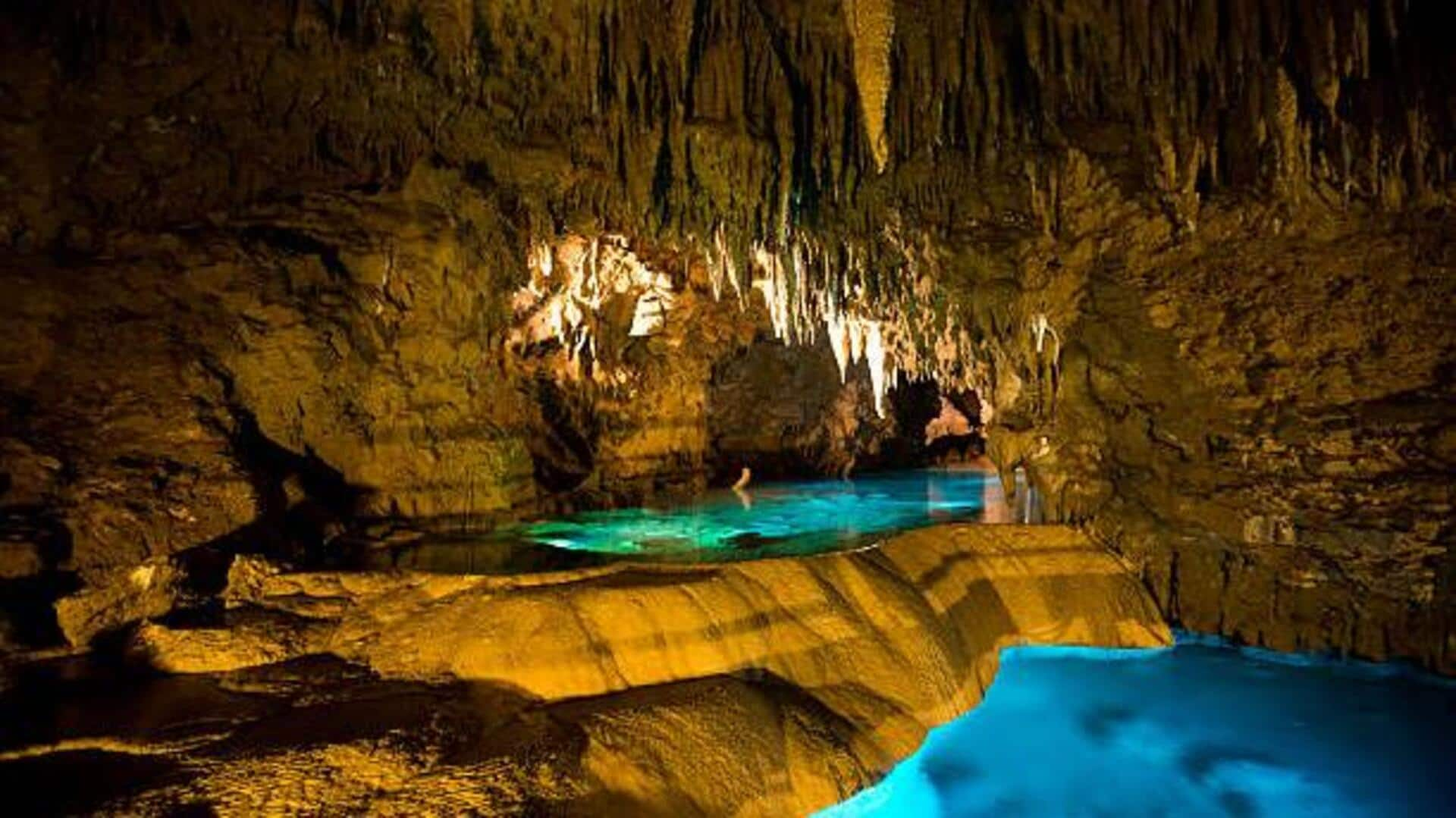
Caving 101: How to explore underground wonders
What's the story
Caving (or spelunking) is an adventurer's unique opportunity to explore the hidden wonders beneath the earth's surface.
Formed over millions of years, limestone caves are a fascinating world of stalactites, stalagmites, and underground rivers.
These caves are not just geological marvels, but also serve as habitats for diverse ecosystems.
If you're looking for an adventurous escape from the ordinary, limestone caves are an unparalleled experience of exploration and discovery.
Cave formation
Understanding limestone cave formation
Primarily, limestone caves are formed by the dissolution of soluble rocks by water.
Essentially, over the years, rainwater absorbs carbon dioxide from the atmosphere and soil to form a weak carbonic acid solution.
This acidic water seeps into cracks in limestone bedrock, gradually enlarging them into vast cave systems.
The limestone caves can take thousands to millions of years to form into intricate networks of tunnels and chambers adorned with mineral formations.
Gear essentials
Essential gear for safe exploration
Proper gear is extremely important for safe caving adventures.
A sturdy helmet with a reliable light source is important to safely navigate dark passages.
Durable clothing that can withstand rough surfaces is recommended, along with gloves for hand protection.
Sturdy boots with a good grip help prevent slips on wet surfaces.
Also, carry extra batteries and a first aid kit to be prepared for the unexpected.
Navigation tips
Navigating complex cave systems
Navigating through complex cave systems calls for meticulous planning and attention to detail.
It is best to explore with experienced guides who are familiar with the cave's layout and potential hazards.
Mapping out routes beforehand helps in preventing getting lost in the labyrinthine passages.
Marking paths with the help of biodegradable markers or string can help retrace steps if needed, while minimizing environmental impact.
Ecosystem respect
Respecting fragile ecosystems within caves
Limestone caves harbor fragile ecosystems, flourishing in the absence of light and company.
Visitors must be careful not to disrupt habitats or harm formations like stalactites and stalagmites.
These form over centuries and can be easily damaged by irresponsible human activity.
Responsible exploration preserves these marvels for generations to come, always remember to put the preservation of these unique environments first during expeditions.